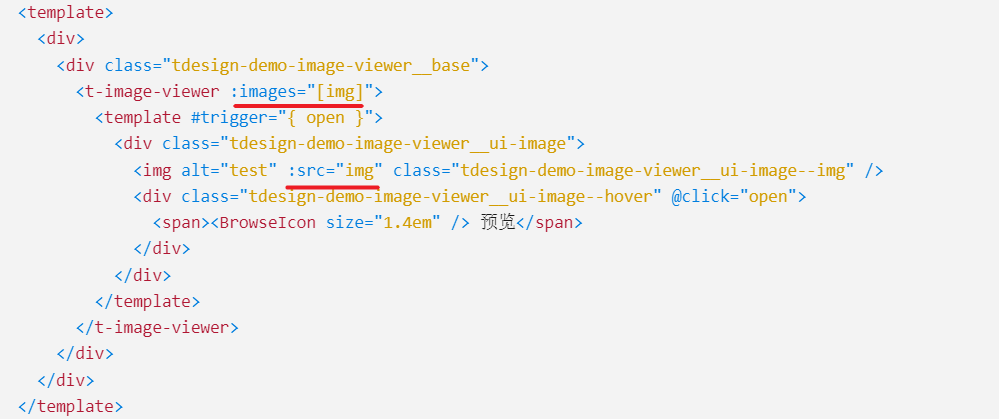29、PyTorch RNN的原理及其手写复现_哔哩哔哩_bilibili
笔记连接: https://pan.baidu.com/s/1_Sm7ptEiJtTTq3vQWgOTNg?pwd=2rei 提取码: 2rei
import torch
import torch.nn as nnbs,T=2,3 # 批大小,输入序列长度
input_size,hidden_size = 2,3 # 输入特征大小,隐含层特征大小
input = torch.randn(bs,T,input_size) # 随机初始化一个输入特征序列
h_prev = torch.zeros(bs,hidden_size) # 初始隐含状态# step1 调用pytorch RNN API
rnn = nn.RNN(input_size,hidden_size,batch_first=True)
rnn_output,state_finall = rnn(input,h_prev.unsqueeze(0))
print(rnn_output)
print(state_finall)# step2 手写 rnn_forward函数,实现RNN的计算原理
def rnn_forward(input,weight_ih,weight_hh,bias_ih,bias_hh,h_prev):
bs,T,input_size = input.shape
h_dim = weight_ih.shape[0]
h_out = torch.zeros(bs,T,h_dim) # 初始化一个输出(状态)矩阵
for t in range(T):
x = input[:,t,:].unsqueeze(2) # 获取当前时刻的输入特征,bs*input_size*1
w_ih_batch = weight_ih.unsqueeze(0).tile(bs,1,1) # bs * h_dim * input_size
w_hh_batch = weight_hh.unsqueeze(0).tile(bs,1,1)# bs * h_dim * h_dim
w_times_x = torch.bmm(w_ih_batch,x).squeeze(-1) # bs*h_dim
w_times_h = torch.bmm(w_hh_batch,h_prev.unsqueeze(2)).squeeze(-1) # bs*h_him
h_prev = torch.tanh(w_times_x + bias_ih + w_times_h + bias_hh)
h_out[:,t,:] = h_prev
return h_out,h_prev.unsqueeze(0)# 验证结果
custom_rnn_output,custom_state_finall = rnn_forward(input,
rnn.weight_ih_l0,
rnn.weight_hh_l0,
rnn.bias_ih_l0,
rnn.bias_hh_l0,
h_prev)
print(custom_rnn_output)
print(custom_state_finall)print(torch.allclose(rnn_output,custom_rnn_output))
print(torch.allclose(state_finall,custom_state_finall))# step3 手写一个 bidirectional_rnn_forward函数,实现双向RNN的计算原理
def bidirectional_rnn_forward(input,weight_ih,weight_hh,bias_ih,bias_hh,h_prev,
weight_ih_reverse,weight_hh_reverse,bias_ih_reverse,
bias_hh_reverse,h_prev_reverse):
bs,T,input_size = input.shape
h_dim = weight_ih.shape[0]
h_out = torch.zeros(bs,T,h_dim*2) # 初始化一个输出(状态)矩阵,注意双向是两倍的特征大小
forward_output = rnn_forward(input,weight_ih,weight_hh,bias_ih,bias_hh,h_prev)[0] # forward layer
backward_output = rnn_forward(torch.flip(input,[1]),weight_ih_reverse,weight_hh_reverse,bias_ih_reverse, bias_hh_reverse,h_prev_reverse)[0] # backward layer
# 将input按照时间的顺序翻转
h_out[:,:,:h_dim] = forward_output
h_out[:,:,h_dim:] = torch.flip(backward_output,[1]) #需要再翻转一下 才能和forward output拼接
h_n = torch.zeros(bs,2,h_dim) # 要最后的状态连接
h_n[:,0,:] = forward_output[:,-1,:]
h_n[:,1,:] = backward_output[:,-1,:]
h_n = h_n.transpose(0,1)
return h_out,h_n
# return h_out,h_out[:,-1,:].reshape((bs,2,h_dim)).transpose(0,1)
# 验证一下 bidirectional_rnn_forward的正确性
bi_rnn = nn.RNN(input_size,hidden_size,batch_first=True,bidirectional=True)
h_prev = torch.zeros((2,bs,hidden_size))
bi_rnn_output,bi_state_finall = bi_rnn(input,h_prev)
for k,v in bi_rnn.named_parameters():
print(k,v)custom_bi_rnn_output,custom_bi_state_finall = bidirectional_rnn_forward(input,
bi_rnn.weight_ih_l0,
bi_rnn.weight_hh_l0,
bi_rnn.bias_ih_l0,
bi_rnn.bias_hh_l0,
h_prev[0],
bi_rnn.weight_ih_l0_reverse,
bi_rnn.weight_hh_l0_reverse,
bi_rnn.bias_ih_l0_reverse,
bi_rnn.bias_hh_l0_reverse,
h_prev[1])print("Pytorch API output")
print(bi_rnn_output)
print(bi_state_finall)
print("\n custom bidirectional_rnn_forward function output:")
print(custom_bi_rnn_output)
print(custom_bi_state_finall)
print(torch.allclose(bi_rnn_output,custom_bi_rnn_output))
print(torch.allclose(bi_state_finall,custom_bi_state_finall))


















